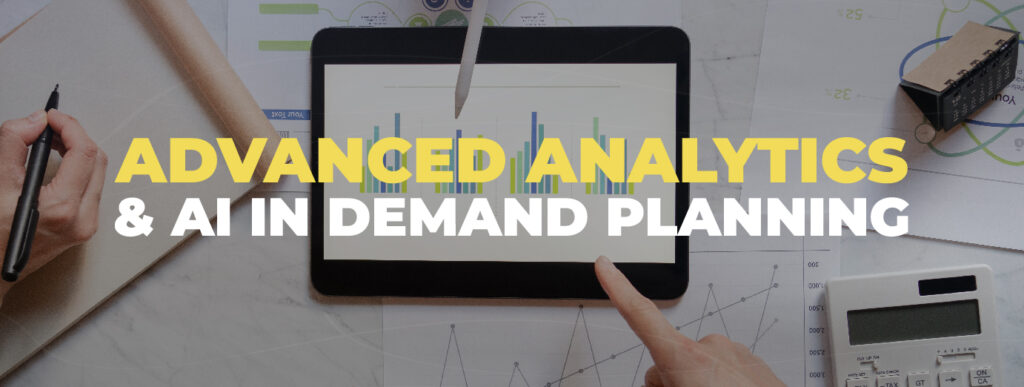Enhancing Demand Planning through Demand Segmentation in the Retail Industry
Demand segmentation and personalization offer numerous benefits for retailers, including optimized inventory management, targeted marketing strategies, enhanced customer satisfaction, and improved loyalty. By adopting advanced segmentation approaches and leveraging customer data, retailers can unlock new opportunities for growth, innovation, and success in today’s competitive retail environment.






